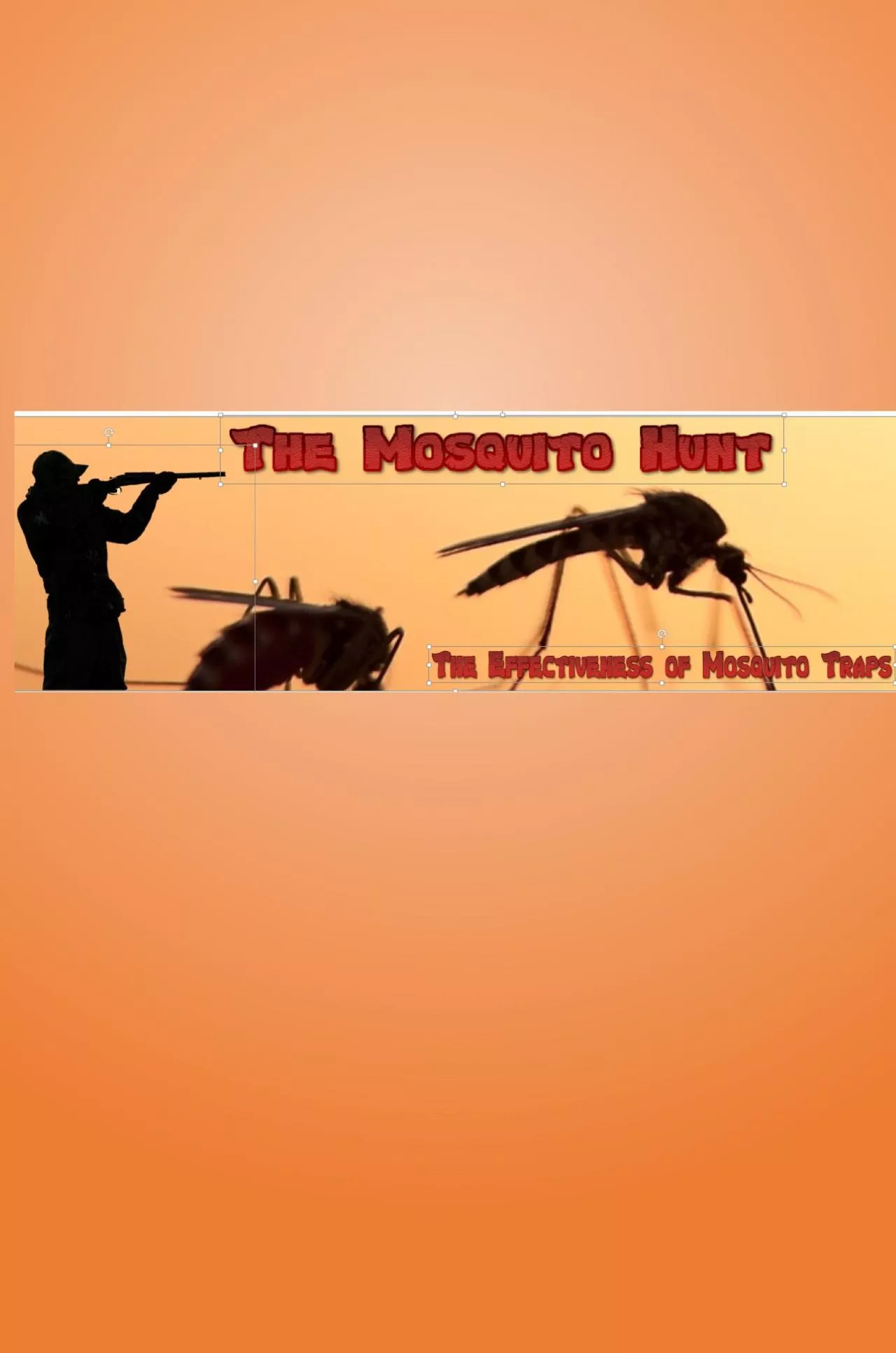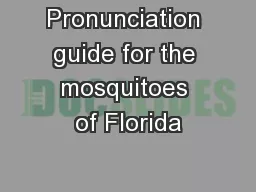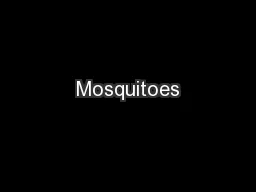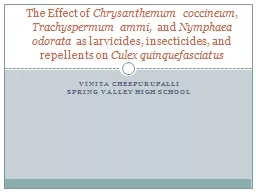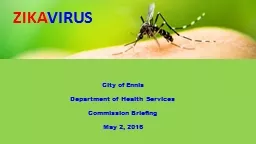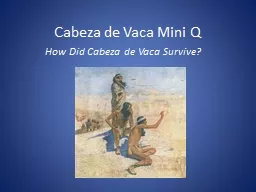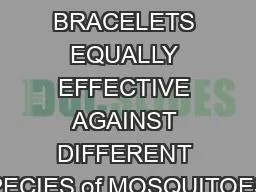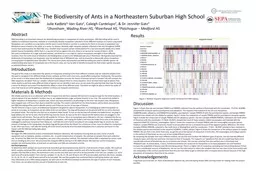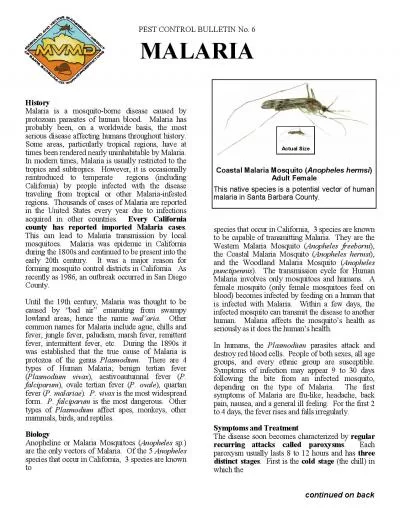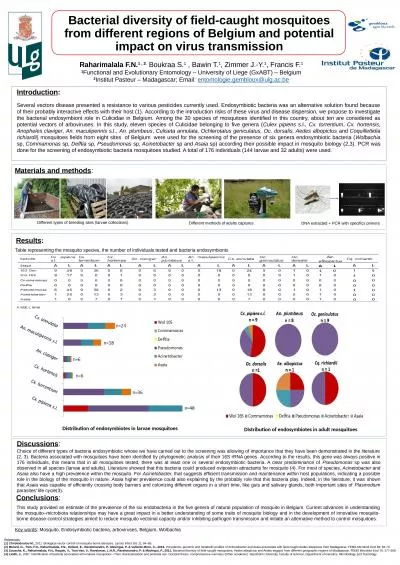PPT-Mosquitoes Culex , Anopheles
Author : lam | Published Date : 2024-02-09
amp Aedes are most common species Females live 24 weeks and begin feeding on blood to produce up to 1000 eggs 2 days after reaching adulthood Eggs are laid on
Presentation Embed Code
Download Presentation
Download Presentation The PPT/PDF document "Mosquitoes Culex , Anopheles" is the property of its rightful owner. Permission is granted to download and print the materials on this website for personal, non-commercial use only, and to display it on your personal computer provided you do not modify the materials and that you retain all copyright notices contained in the materials. By downloading content from our website, you accept the terms of this agreement.
Mosquitoes Culex , Anopheles: Transcript
Download Rules Of Document
"Mosquitoes Culex , Anopheles"The content belongs to its owner. You may download and print it for personal use, without modification, and keep all copyright notices. By downloading, you agree to these terms.
Related Documents

